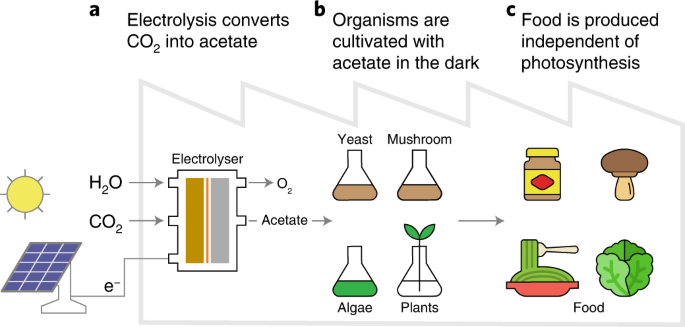2022-06-23 マックス・プランク研究所
 Human neuronal networks, mapped from different parts of the cerebral cortex. Connectomic comparison to mouse revealed massively expanded interneuron-to-interneuron networks in human.
Human neuronal networks, mapped from different parts of the cerebral cortex. Connectomic comparison to mouse revealed massively expanded interneuron-to-interneuron networks in human.
© Loomba, Helmstaedter, MPI for Brain Research; Loomba et al., Science 2022
マウス、サル、ヒトの神経細胞ネットワークを分析し、脳組織の生検でその完全な構造(いわゆるコネクトーム)をマッピングすることにより、ヒトの皮質ネットワークが、マウスには本質的に存在しない新しいタイプの神経細胞ネットワークを進化させていることを発見した。この神経細胞ネットワークは、抑制性介在ニューロン間の豊富な結合に依存している。
研究チームは、ミュンヘン工科大学の神経外科医Hanno-Sebastian Meyerとそのチームが行った神経外科手術の生検を用い、3次元電子顕微鏡でヒトの脳サンプルの約100万個のシナプスをマッピングした。その結果、ヒトでは、主要な神経細胞への神経支配(シナプス結合)はほとんど変わらないのに、介在ニューロン(ヒトに多い)が互いに接続し合うという予想外の偏りがあることが明らかになった。
<関連情報>
- https://www.mpg.de/18834584/0621-hirn-silence-for-thought-151365-x
- https://www.science.org/doi/10.1126/science.abo0924
マウスとヒトの大脳皮質のコネクトーム比較 Connectomic comparison of mouse and human cortex
Sahil Loomba,Jakob Straehle,Vijayan Gangadharan,Natalie Heike,Abdelrahman Khalifa,Alessandro Motta,Niansheng Ju ,Meike Sievers ,Jens Gempt ,Hanno S. Meyer ,Moritz Helmstaedter
Science Published:23 Jun 2022
DOI: 10.1126/science.abo0924
Abstract
The human cerebral cortex houses 1,000 times more neurons than the cerebral cortex of a mouse, but the possible differences in synaptic circuits between these species are still poorly understood. We used 3-dimensional electron microscopy of mouse, macaque and human cortical samples to study their cell type composition and synaptic circuit architecture. The 2.5-fold increase in interneurons in humans compared to mouse was compensated by a change in axonal connection probabilities and therefore did not yield a commensurate increase in inhibitory-vs-excitatory synaptic input balance on human pyramidal cells. Rather, increased inhibition created an expanded interneuron-to-interneuron network, driven by an expansion of interneuron-targeting interneuron types and an increase in their synaptic selectivity for interneuron innervation. These constitute key neuronal network alterations in human cortex.


